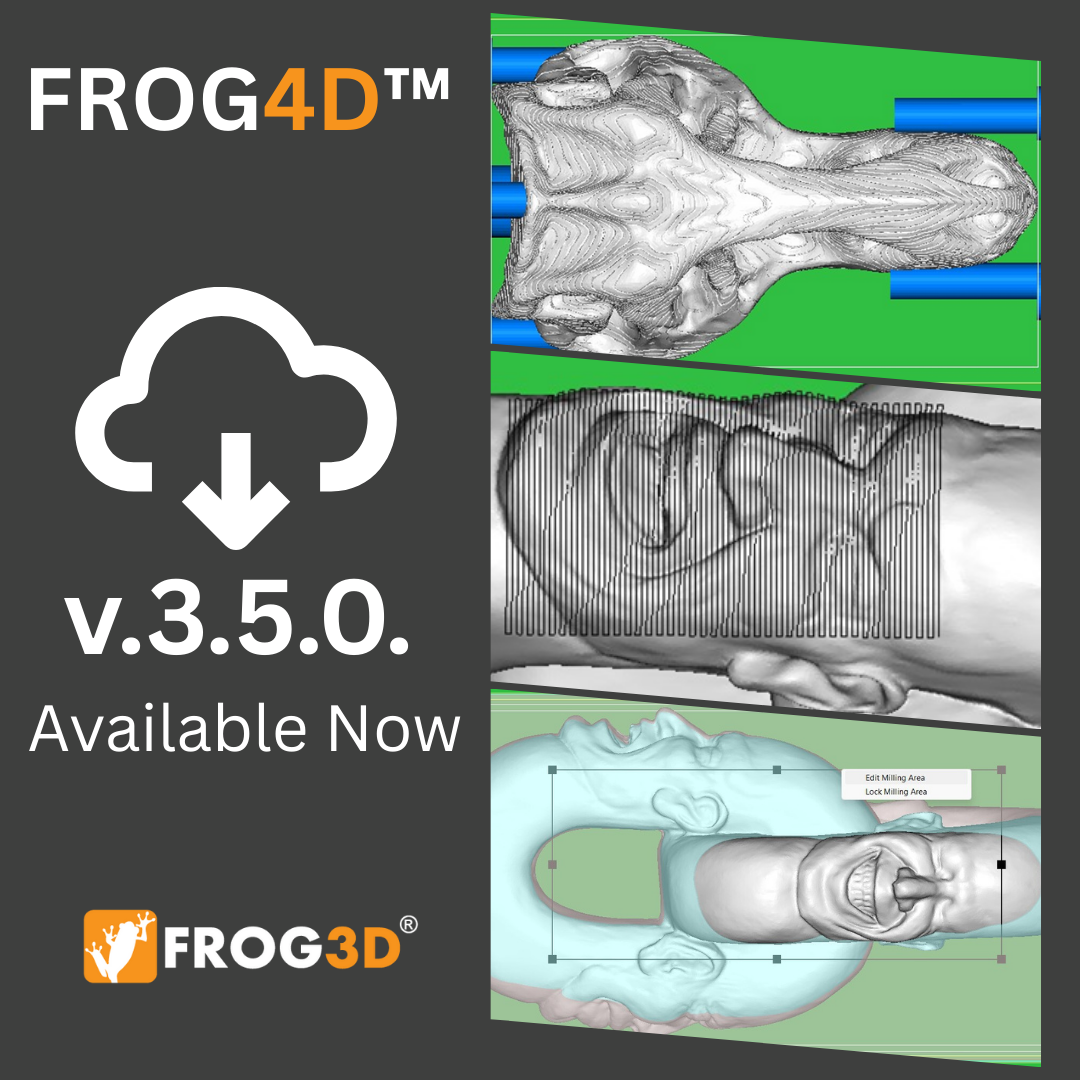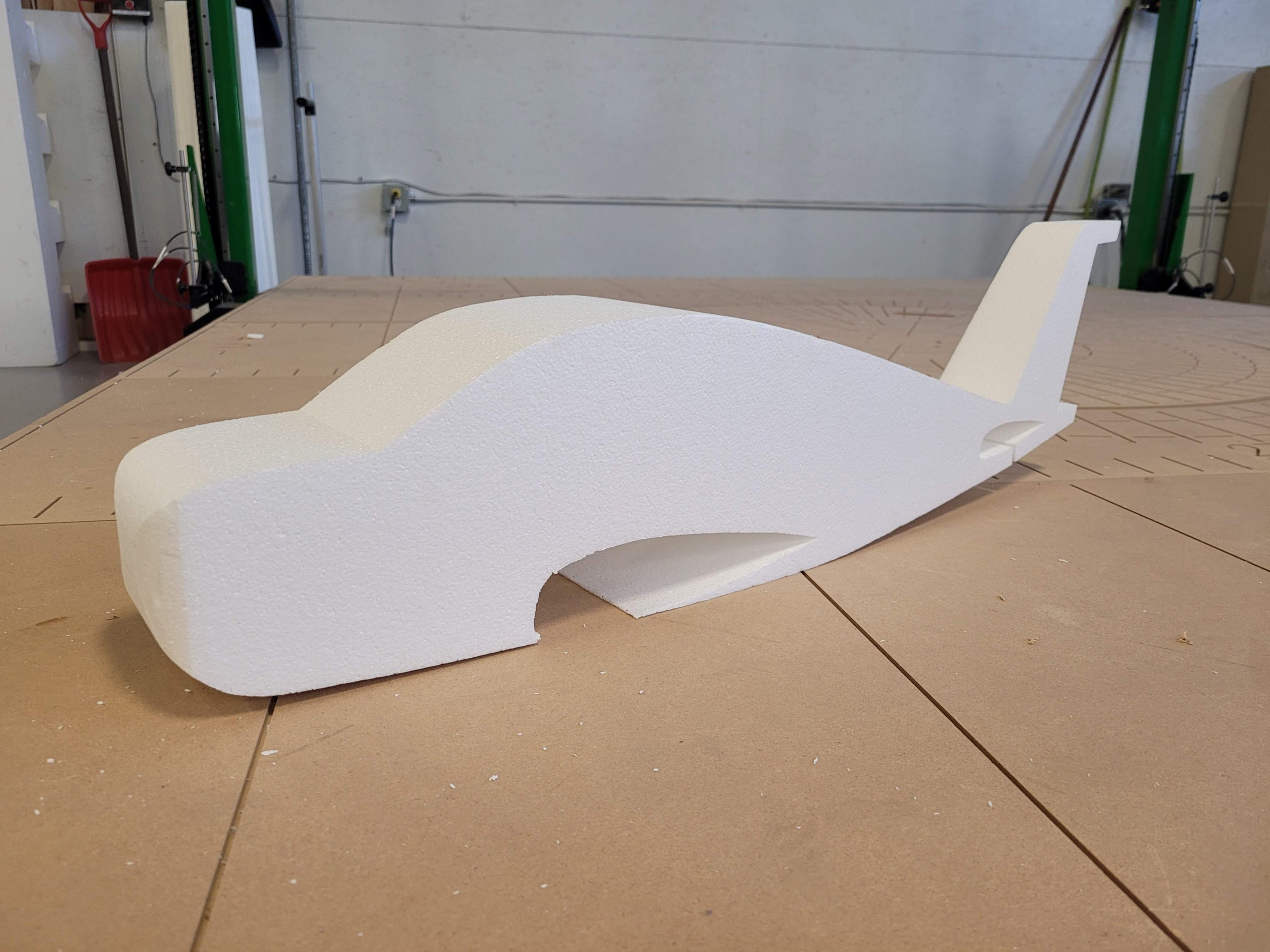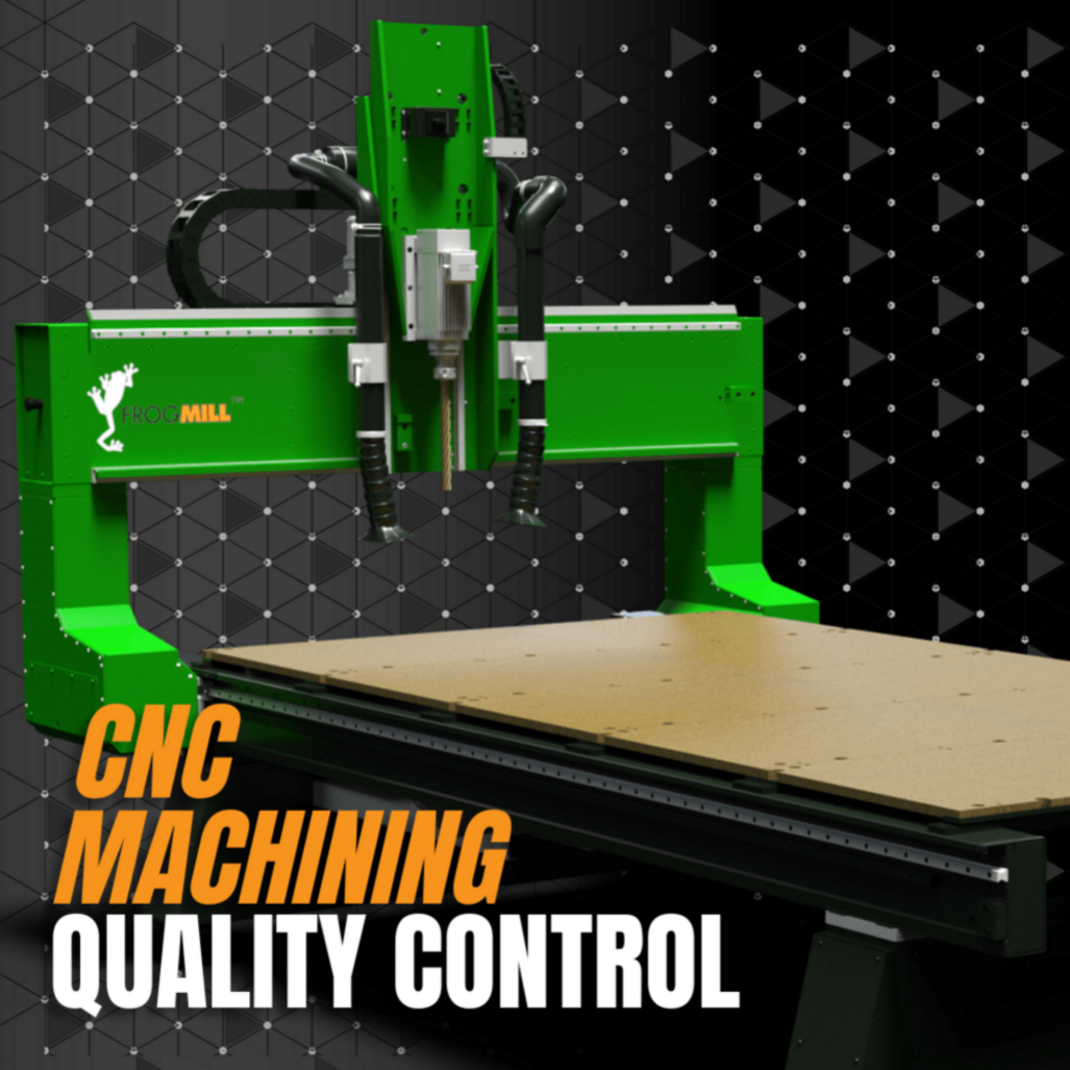
Automated 3D CNC custom fabrication technology is a rapidly evolving industry that is offering more and more businesses exciting new tools to enhance their productivity and capabilities. The number of 3D CNC equipment options on the market today can, however, present a buyer with a confusing array of tools and services with different price points, capabilities, and applications. With this amount of selection available many buyers can have a hard time separating out unnecessary features and products, which might not suit their requirements, from the essential tools and services that their business needs – and to do all this without overpaying.
1: Clearly Define Production Needs.
What do you need your technology to do?
Defining what products you are going to offer and what your own customers need from you is the first step in identifying what capabilities you should be acquiring. With 3D CNC fabrication equipment, like in so many purchases, it’s far too easy to get carried away with complex accessories and costly upgrades when, in reality, much of that capability might just be wasted. Too often machines sit idle because they are either too complicated for the staff to use or designed for specialized tasks that are not required. Identifying your needs is therefore the first step in any successful purchase. Set up a business plan listing markets, customers, and products and then determine what equipment meets your requirements.
2: Plan for Growth.
Match technology to long-term business goals.
3D CNC fabrication technology is not something you want to have to buy twice. Buying equipment that can handle your current capacity but offers only limited room for growth is a waste of money and effort. Rather, look for the solution that best meets your production needs but that also has the capacity to support long term business growth.
3: Have a Sensible Budget.
Where is the sweet spot?
While going overboard on equipment can present obvious budgetary pitfalls, so too can under-spending. Purchasing equipment which isn’t up to your requirements will handicap productivity, limit product offerings and, in the long run, probably not end up saving you any money. Cheap construction, shoddy training, and third-party resellers might result in a lower price tag, but constant breakdowns, errors, and subpar results raise the real cost exponentially. Like any product, similar designs with similar capabilities can still have very different costs. This isn’t always just a case of one company looking to pad its margins; it’s important to look at where the product was made and what materials and services you’re actually getting.
4: Identify Hidden Costs.
How much does it really cost?
When looking at price it’s also important to identify the hidden costs. Look beyond the equipment itself and ask what sort of technical training and support your supplier is offering. Saving money on a machine and then spending too much time and effort installing it yourself can often prove a false savings. The same can be said of savings which
come at the cost of limited technical support down the road. A quick look at many of the industry’s support forums will turn up dozens of companies struggling to get technical support from their suppliers. In addition, pay close attention to how various equipment solutions are quoted. Some quotes might be all inclusive, others might wait to tack on service charges until after you have committed, and some might even be selling only certain components, and expect you to purchase the rest from other suppliers. Make sure that you are comparing apples to apples.
5: Know Who You’re Buying From.
Transparency saves money.
It’s always smart to look into your supplier as much as you look into your new machinery. Be clear who you’re establishing a relationship with. Is it one that knows your industry and specializes in custom fabrication solutions or one that simply has CNC technology as one of many products? What is their record for service and customer assistance? Does your supplier have in-house technicians or do they contract out? Are their machines manufactured in-house or simply assembled with pieces from multiple suppliers? Now, admittedly we here at FROG3D® have a definite bias- being a company that designs, manufactures, installs, trains, and supports our exclusive line of custom fabrication technology, but nonetheless it’s important to remember that shopping around and buying from multiple suppliers can sometimes get you a better deal but integrating those components can prove to be an expensive nightmare. Make sure you know who’s building your equipment and who’s supporting it!




